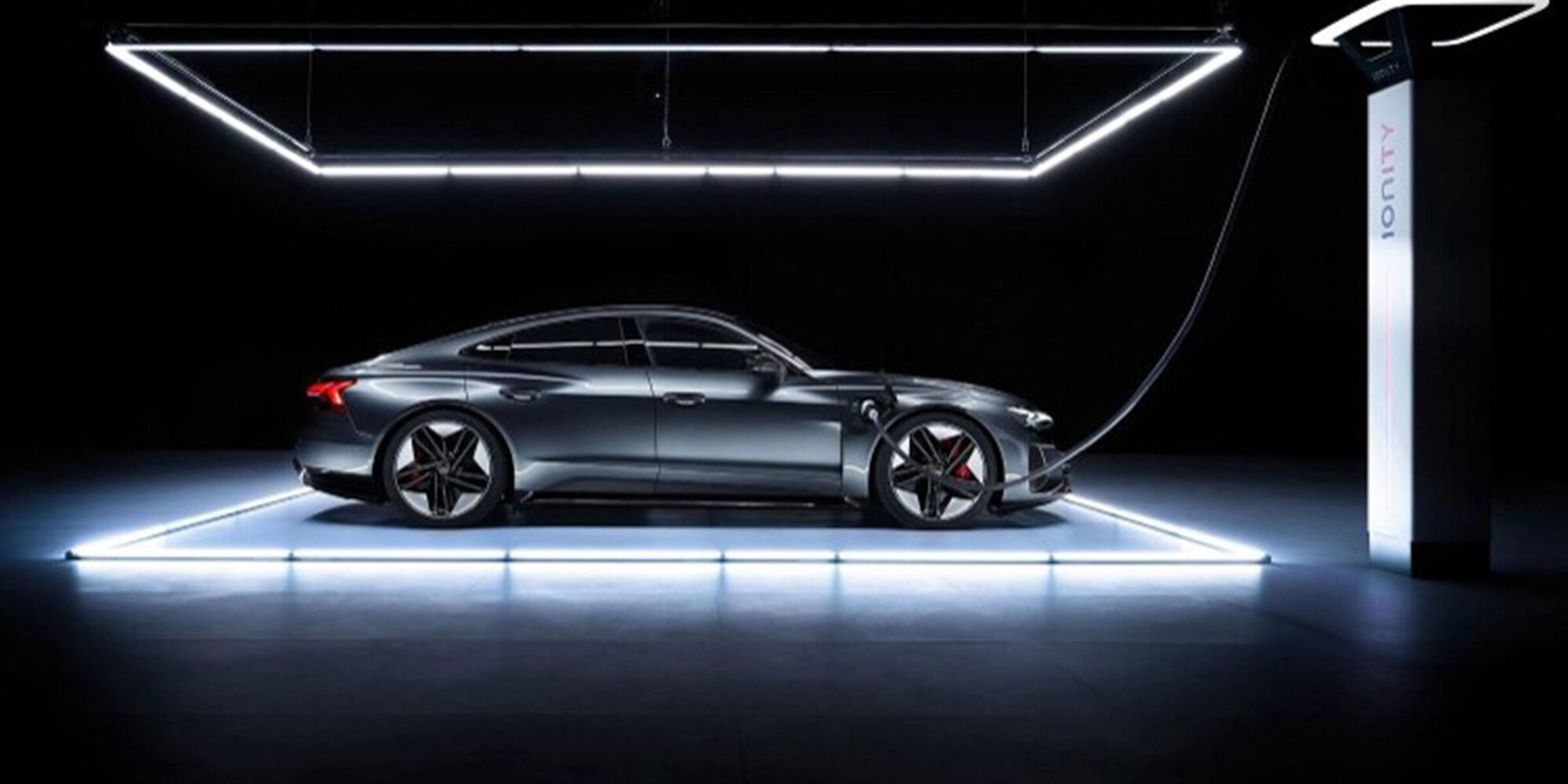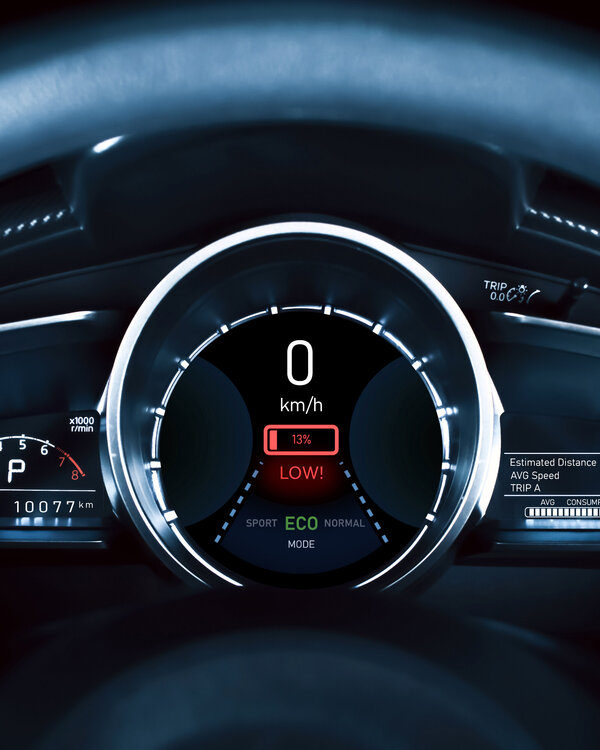Cost and profitability
The price of mid-range electric cars is currently 30 to 50% higher than that of combustion engines. As a result, most OEMs today do not make a profit by selling electric vehicles. However, they can reduce manufacturing costs by making batteries more efficient, improving power electronics and electric motors through integration and scalability, and reducing indirect costs by increasing annual production volumes.
Entry opportunities for start-ups
Today, start-ups in particular have the opportunity to enter the automotive market with relatively low capital expenditure. They benefit from lean cost structures, can develop an electric vehicle and at the same time outsource production, bring new technologies into production or take over individual areas of the value-added chain. On the other hand, traditional car manufacturers have to maintain production lines for electric vehicles in parallel with those for combustion engines, making them less agile.








